Gigantic Ships Are a Danger—and a Lifeline
The vessel that hit Baltimore’s Key Bridge is more than three times as large as its biggest counterparts 50 years ago.
Out of sight, out of mind. That’s the fate of global shipping, even though all of us depend on it for our daily supplies. Everything from bananas to toilet paper to iPhones travels by sea at some point. But we only pay attention when something goes wrong, whether that happens in the Red Sea, the Suez Canal—or underneath what used to be Baltimore’s Francis Scott Key Bridge. This week’s accident, which occurred when the container ship Dali lost power and headed straight into a support pillar, has delivered a reminder of the sheer overlooked scale of the shipping industry—and how unprepared many systems are to handle it.
Out of sight, out of mind. That’s the fate of global shipping, even though all of us depend on it for our daily supplies. Everything from bananas to toilet paper to iPhones travels by sea at some point. But we only pay attention when something goes wrong, whether that happens in the Red Sea, the Suez Canal—or underneath what used to be Baltimore’s Francis Scott Key Bridge. This week’s accident, which occurred when the container ship Dali lost power and headed straight into a support pillar, has delivered a reminder of the sheer overlooked scale of the shipping industry—and how unprepared many systems are to handle it.
Part of this is the massive size of today’s container vessels themselves. A few minutes before 1:30 a.m. on March 26, the Singapore-flagged container Dali issued a mayday call, which allowed construction workers on the Key Bridge to get a few cars to turn around. Down below, the Dali appeared to have engine problems; camera footage shows its lights flickering before smoke emerges and it hits the support pillar. Within seconds, the bridge collapses into the water. Some of it collapses onto the Dali, too, and with the bridge, cars plunge into the water. At the time of writing, six people are unaccounted for and presumed dead.
Now lots of ordinary citizens around the world are discovering marine websites such as vesselfinder.com and marinetraffic.com, which track merchant vessels. They will have learned that the Dali has a gross tonnage of 95,128 tons, a summer deadweight of 116,851 tons, and that it’s 300 meters (nearly 1,000 feet) long.
When it struck the Key Bridge, the Dali had 4,679 TEU (20-foot-long shipping containers) onboard and was crewed by 22 Indian seafarers, who had been joined by two pilots from Baltimore. Merchant vessels are predominantly crewed by relatively tiny staffs that are usually made up of people from India, the Philippines, Indonesia, Vietnam, Russia, and Eastern European countries. Indeed, it has been decades since it was common for Western Europeans and Americans to go to sea. Today’s seafarers are skilled, but they do hard and lonely work with long absences from home—and when disaster strikes, shipping can be extremely dangerous. Earlier this month, a Houthi attack in the Red Sea cost the lives of three seafarers—two Filipinos and one Vietnamese.
All this is in service of the goods that make our lives so convenient—and which require a vast and largely invisible ocean network to support.
Just consider the arrivals, off-loading, loading, and departures at the Port of Rotterdam, which is merely the world’s 10-busiest container port. Last year, Rotterdam handled 13.4 million TEU at its 14 terminals. That’s 36,712 TEU every day of the year. In the afternoon on March 26, 149 ocean-going ships were docked in Rotterdam, where cargo containers were being offloaded and new ones added. Another 132 were about to arrive, and another 161 had just departed. The expected arrivals included the Ever Living, a sister to the ill-fated Ever Given, of Suez Canal fame.
At a length of 335 meters (nearly 1,100 feet), width of 45 meters (145 feet), and with a deadweight of 104,653 tons, the Ever Living is almost as massive as the Ever Given. But only almost. With a capacity of nearly 10,000 TEU, it’s very similar to the Dali. The Ever Given, by contrast, has a capacity of just over 20,000 TEU, and it’s not even one of the world’s largest container ships.
Indeed, these days, the world’s fleet of ultra-large container vessels (ULCVs)—vessels of more than 14,500 TEU capacity—features a growing number of beasts that can transport 23,000 TEU and more. The MSC Irina, for example, can carry an astounding 24,346 TEU. Today, in fact, the Dali’s capacity of 10,000 makes it a midsize box ship. Compare that to container ships in 1972, when construction began on the Key Bridge: Back then, the largest container ship in the world had a capacity of a mere 2,984 TEU.
The shipping industry keeps making things more efficient—and thus more cost-effective and more attractive. It’s thanks to shipping that it has made so much sense to build a globalized economy: It’s so cheap to ship goods globally that people in wealthy nations can have them made elsewhere, transported across a few oceans, and still pay less than if they were made at home.
But the massive ships come with equally massive logistical demands. Ports have to be expanded to be able to receive and service them. The port service, for example, involves higher cranes with a wider reach: just imagine 24,000 containers stacked upward and sideways. The ports also need larger storage facilities to hold such vessels’ cargo until it’s picked up by trucks. The financial picture involving ULCVs is clear on the vessel-owner side, because buying a ULCV eventually pays off.
Ports are usually public-private partnerships, which means that investment often involves the taxpayer. The Port of Virginia in Norfolk, which the Dali had left just before its ill-fated call at the Port of Baltimore, has just allocated $1.4 billion to widen the port to make it accessible for two-way ULCV traffic. Norfolk is also currently being dredged to the tune of $450 million, after which it’s expected to have the deepest and widest channels on the east coast of the United States.
“This is a true advantage for anyone delivering to or from America,” said Stephen A. Edwards, the CEO and executive director of the Virginia Port Authority, in an interview with World Cargo News. “Our wider channel sets The Port of Virginia apart by allowing for consistent vessel flow, increasing berth and container yard efficiencies, and further improving harbor safety.” It’s a competitive marketplace, and lots of Chinese ports are already set up for ULCVs. Ports and countries that can’t afford ULCV-worthy expansion are out of luck.
And as the Dali has taught the world, accommodating large vessels is not just about ports. They traverse oceans, sail under bridges, and sail through canals. Imagine if the Ever Given or another ULCV were to strike a bridge. Even a sturdier bridge than the Key Bridge (which received a rating of “fair” during its most recent federal inspection) would struggle to withstand such a blow.
Such calamities happen very rarely. It would be extraordinarily expensive for cities and countries to strengthen bridges and other infrastructure that a massive container ship might hit. The Dali’s crew and pilots appear to have tried their hardest to steer the ship away from the Key Bridge when the power supply failed, and they issued a mayday call to alert authorities to the fact that the ship was approaching the bridge. This, though, is unlikely to be the last time that machines fail man.
Even as ships get bigger and bigger, with more and more sophisticated technology, the human brain and hands are an indispensable backup. Giving crews a few more tools with which to manually counteract technology may be the best way of avoiding another Key Bridge disaster.
Shipping—an industry that involves ratings, officers, stevedores, crane operators, ship managers, insurers, and many others—goes on delivering your favorite consumer goods around the clock. It remains a miracle that mishaps involving their floating fortresses occur so rarely.
Elisabeth Braw is a columnist at Foreign Policy, a senior fellow at the Atlantic Council, and the author of "Goodbye Globalization." Twitter: @elisabethbraw
More from Foreign Policy

Arab Countries Have Israel’s Back—for Their Own Sake
Last weekend’s security cooperation in the Middle East doesn’t indicate a new future for the region.
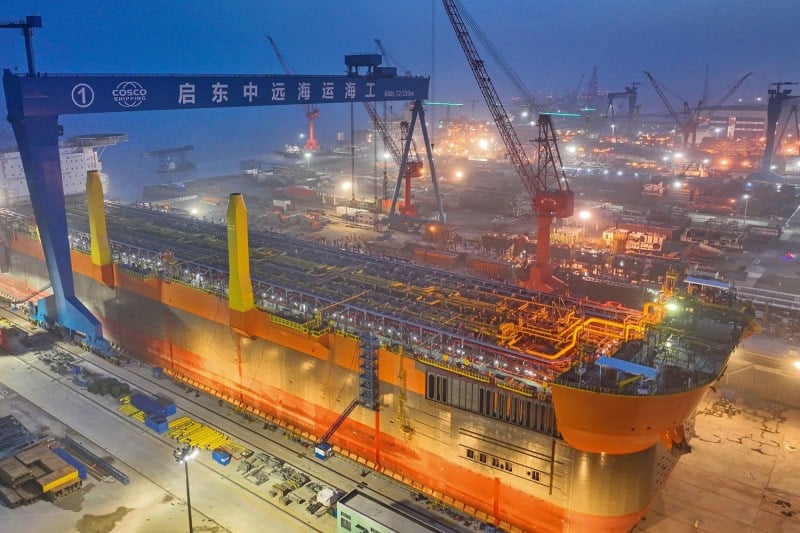
Forget About Chips—China Is Coming for Ships
Beijing’s grab for hegemony in a critical sector follows a familiar playbook.

‘The Regime’ Misunderstands Autocracy
HBO’s new miniseries displays an undeniably American nonchalance toward power.

Washington’s Failed Africa Policy Needs a Reset
Instead of trying to put out security fires, U.S. policy should focus on governance and growth.



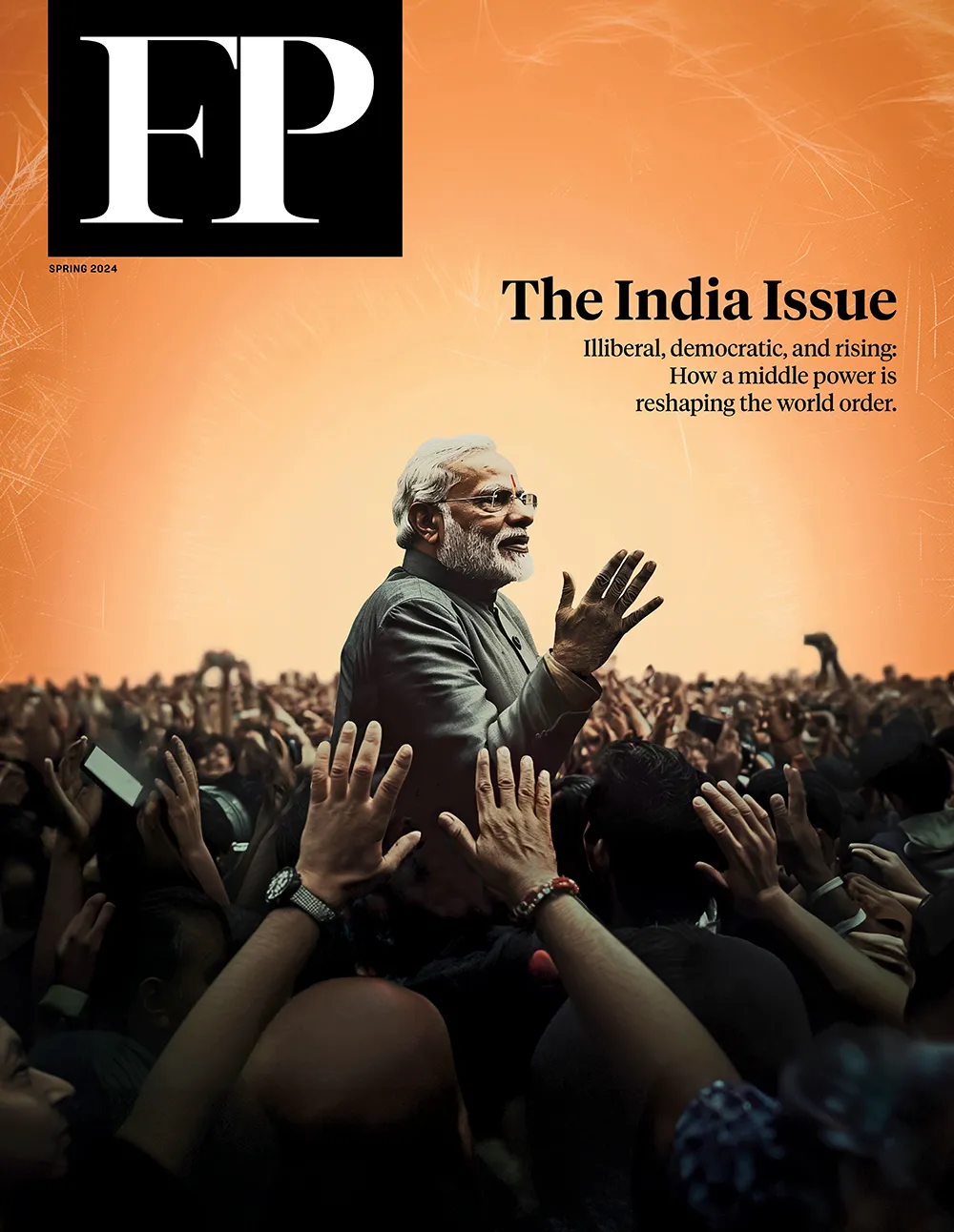

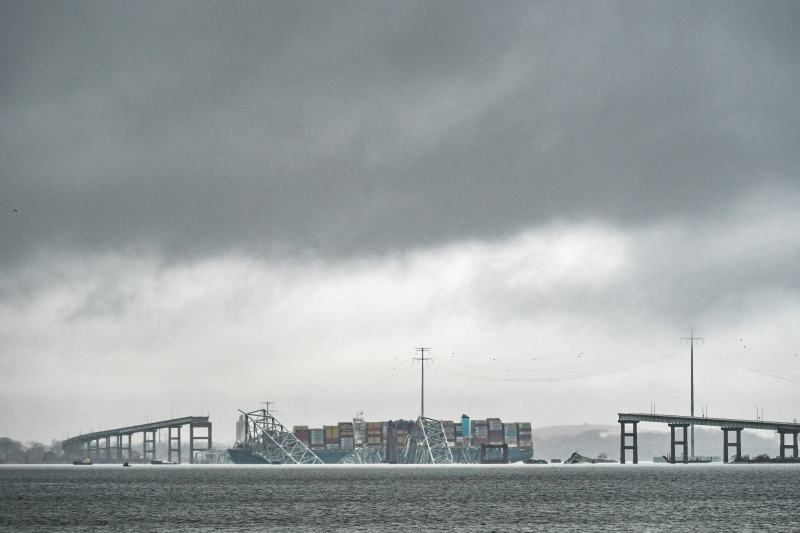

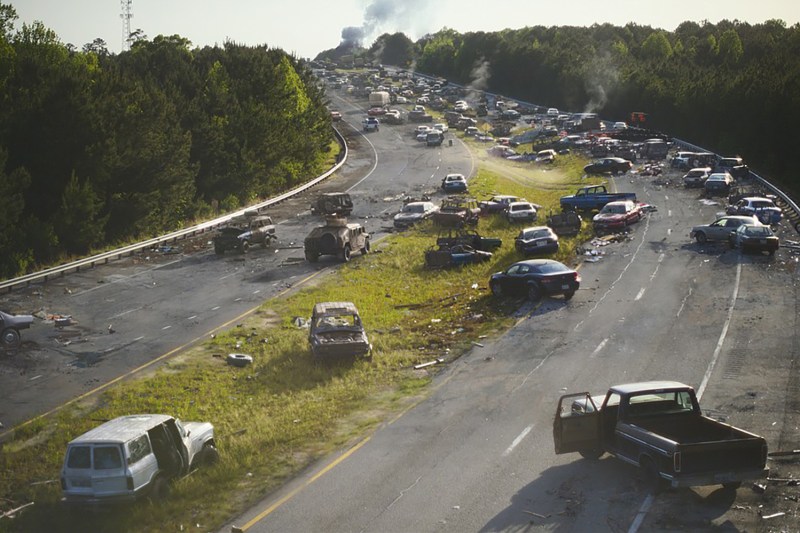
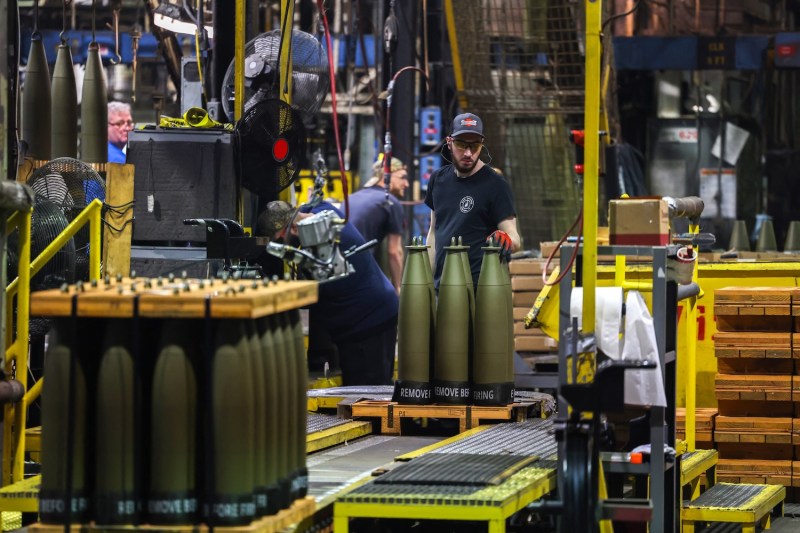
Join the Conversation
Commenting on this and other recent articles is just one benefit of a Foreign Policy subscription.
Already a subscriber? .
Subscribe Subscribe
View Comments
Join the Conversation
Join the conversation on this and other recent Foreign Policy articles when you subscribe now.
Subscribe Subscribe
Not your account?
View Comments
Join the Conversation
Please follow our comment guidelines, stay on topic, and be civil, courteous, and respectful of others’ beliefs.